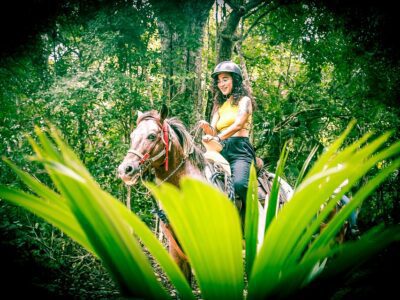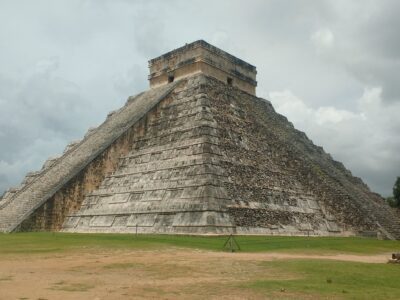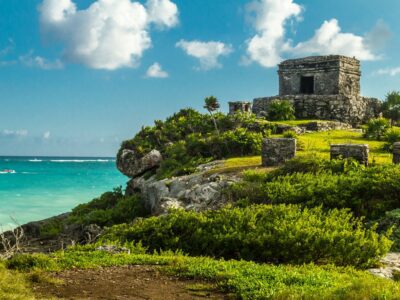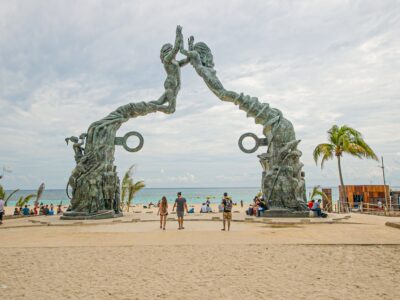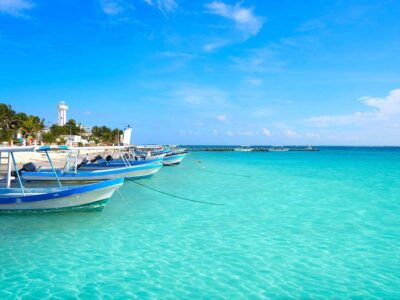Currently, Yucatán has a fishing refuge in Celestún, however, by 2025 a total of seven areas designated with this category in the marine zone are planned to expand the degree of conservation of the species.
Lila Frías, Secretary of Sustainable Fisheries and Aquaculture of the state of Yucatán shared that in this coming year, more fishing refuge areas will be added in the state.
“We are planning to make an entire system of fishing refuges along the Yucatecan coast because the species are overexploited and we need to work on their conservation and recovery,” she explained.
The first ones to be established in 2025 would be El Cuyo and Río Lagartos, and later others would be added in Sisal, Telchac Puerto, Dzilam de Bravo, and San Felipe.
“We are already working with the cooperatives and fishing groups because they are the ones who propose how to establish their refuges and their sizes,” he added.
In the Celestún fishing refuge, there are currently about 66 leaders in the community who coordinate more than 200 people who collaborate with the care and surveillance of the site to prevent poachers from arriving and extracting the species in recovery.
The Celestún case is part of the three largest in the country along with the Ulloa Gulf in Baja California Sur and Banco Chinchorro in Quintana Roo.
According to Causa Natura, to date, there are fourteen Networks of Fishing Refuges and they are located on the coasts of the states of Baja California Sur, Sinaloa, Sonora, Quintana Roo, and Yucatán.
Furthermore, the Agreement for the Establishment of Fishing Refuges is valid for five years (with the possibility of extension) and determines the location, extent, fishing gear, and methods, as well as the management categories of the flora and fauna species found within the limits of the fishing refuge.
TYT Newsroom
The post In 2025, Yucatan will have seven fishing refuges; the next to be inaugurated would be El Cuyo and Río Lagartos first appeared on The Yucatan Times.







